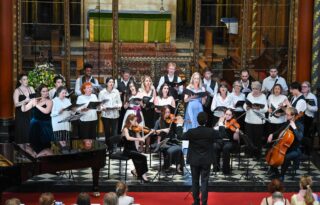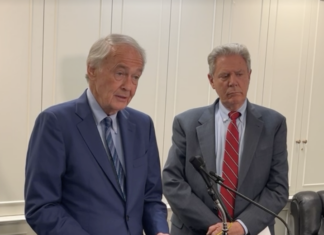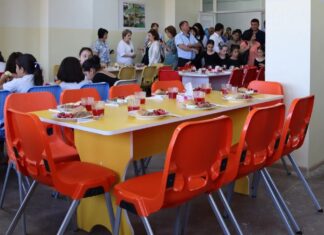A Man of the Church Serving Armenians throughout the World
By Aram Arkun
Mirror-Spectator Staff
NEW YORK — He has lived and worked in the Middle East, Armenia, Great Britain and the United States, and soon will be working in central and northern Europe. With a twinkle in his eye, he has won new friends wherever he has gone. Very Rev. Haigazoun Najarian has served the Armenian Church and the Armenian people in many different settings, but always with the same genuine spirit.
Many people in the United States know him as vicar of the Diocese of the Armenian Church of American (Eastern), a responsible position second administratively only to the Primate which he held thrice, from 2007 to 2010, 1990 to 1995 (under the slightly different title vicar-general), and 1986 to 1987 (in an acting capacity).







